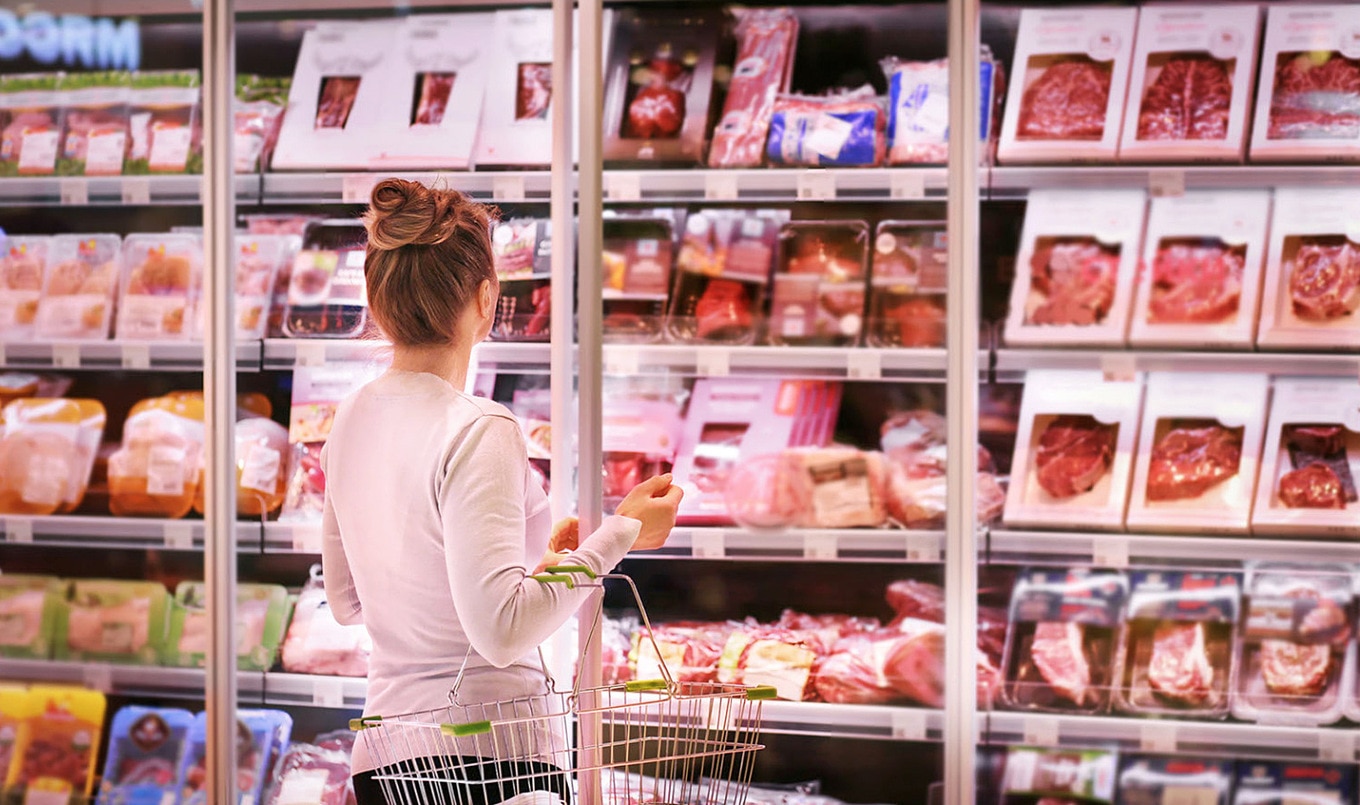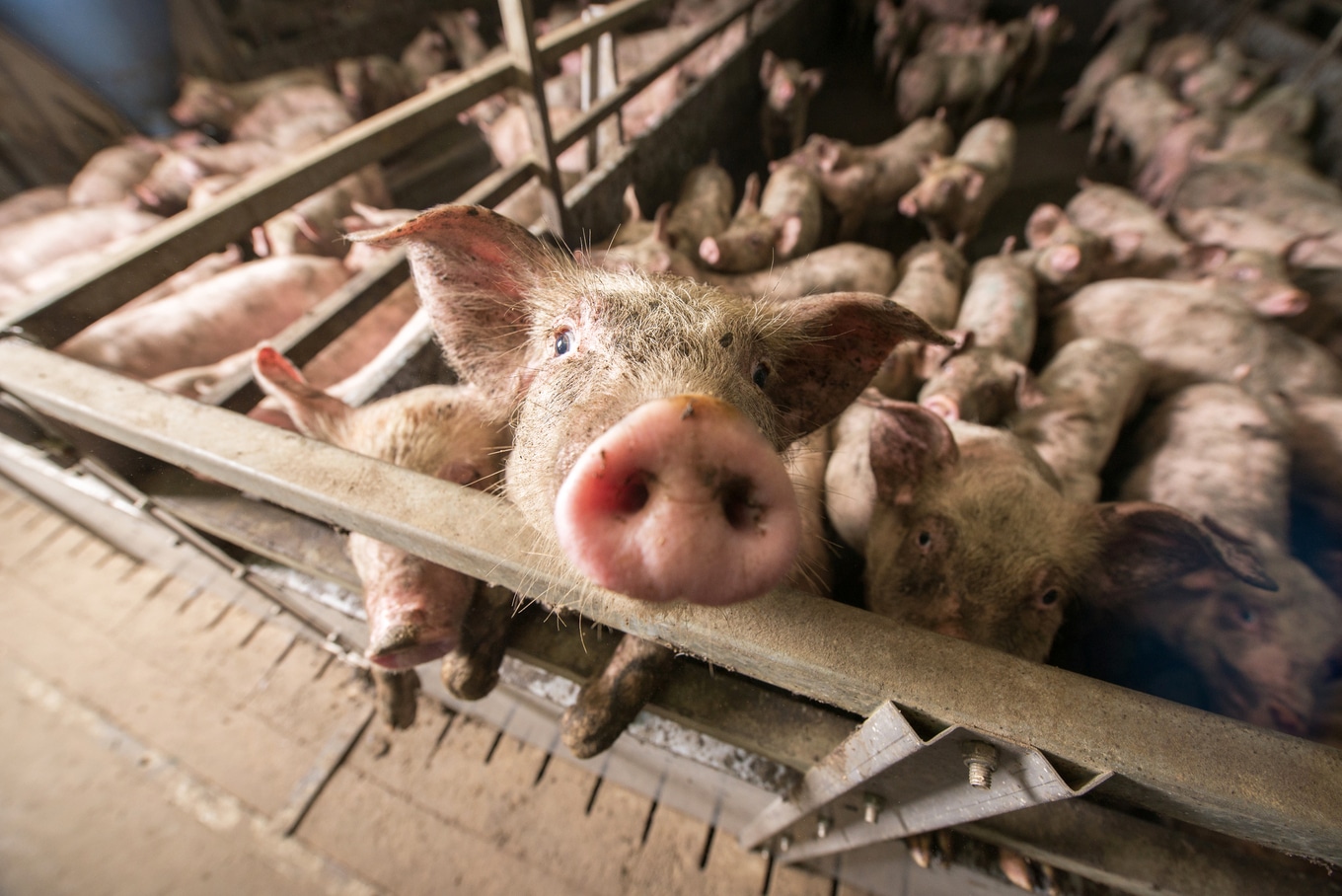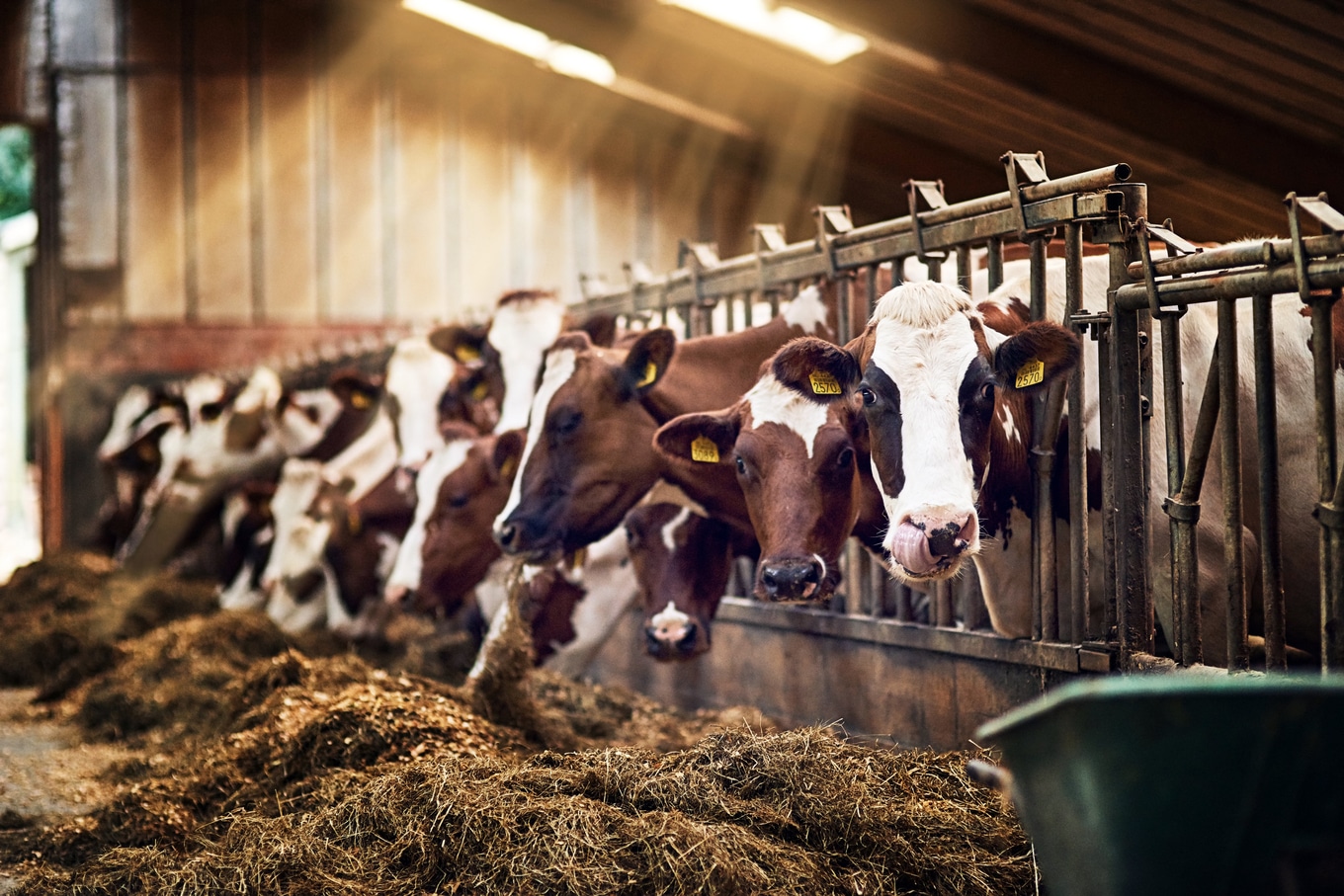When consumers go to purchase animal-based food products, they often encounter a plethora of information claims on the labels, ranging from “organic” and “natural” to “grass-fed,” “humanely raised,” and “pasture-raised.” However, the diverse range of claims has led to confusion among consumers regarding their meanings and implications for animal welfare, according to experts.
Marisa Erasmus, an associate professor of animal sciences at Purdue University who specializes in animal behavior and welfare, is emphasizing the need for consumers to educate themselves about these labels—and what they actually mean.
For her part, Erasmus and her colleagues actively collaborate with producers in Indiana and throughout the United States to advocate for humane animal production practices.
 Adobe
Adobe
“There’s some confusion about food labels related to animal welfare,” Erasmus said in a statement. “It’s typically up to the consumer to do their homework and figure out what these different claims mean.”
“Labels do provide consumers with a choice because, in theory, you can choose products that align with your personal and social values,” she said.
Meat’s misleading labels
Erasmus’s comments come in the wake of the US Department of Agriculture’s (USDA) recent initiative to tighten restrictions on meat labels in an effort to protect consumers from false and misleading labels. Erasmus and her colleagues are closely monitoring the additional documentation that animal food producers will be required to provide to substantiate their label claims.
Currently, to gain approval for certain voluntary claims, food producers must submit relevant information to the USDA’s Food Safety and Inspection Service (FSIS), which regulates food labels and claims specifically pertaining to meat products. Some claims necessitate the submission of supporting documentation before approval is granted.
 Getty
Getty
One aspect contributing to consumer confusion is the association of certain claims with animal welfare certification organizations that employ third-party verification, Erasmus points out. Producers collaborating with these organizations can affix their seal on products to indicate compliance with specific standards ensuring higher animal welfare. However, the meaning behind these various seals often eludes consumers.
“Typically, those standards are intended to offer higher animal welfare than what you would see with a conventional product,” Erasmus said. “But a lot of consumers don’t necessarily know what these different seals mean.”
On the other hand, certain labels primarily cater to consumers’ perceptions of health benefits and do not necessarily correlate with the animal’s welfare. Erasmus cautions that an organic label, for instance, does not automatically guarantee a better life for the animal compared to non-organic counterparts—which is often a false assumption among consumers.
“We definitely want to make sustainable, healthy choices,” Erasmus said. “But just because an animal product has an organic label on it doesn’t always mean that animal had a better life than an animal that wasn’t raised organically.”
Another label that can be misleading is “no antibiotics added.” While antibiotics are used to treat or prevent illness in live animals, there exists a mandatory withdrawal period after antibiotic administration to allow the drugs to completely leave the animal’s system before that animal is slaughtered and made into food products.
USDA’s move to tighten restrictions
The USDA’s push to protect consumers from these confusing labels comes after the FSIS received several petitions, comments, and letters from stakeholders asking the agency to reevaluate its oversight of animal-raising claims, specifically how they are substantiated. In addition, the veracity of “negative” antibiotics claims such as “raised without antibiotics” or “no antibiotics ever” has come into question.
In fact, one recent report from the Animal Welfare Institute (AWI) found that 85 percent of analyzed animal welfare claims lacked adequate substantiation. They also highlighted the fact that meat labeled with sustainability and animal-raising claims represents one of the fastest-growing segments of the meat industry. Without clear labels, consumers are robbed of their ability to purchase in accordance with their values.
As part of its efforts, the USDA’s Agricultural Research Service will be conducting a sampling project to assess antibiotic residues in cattle destined for the “raised without antibiotics” market.
 Getty
Getty
A study published last year in the academic journal Science already found that some cows raised and slaughtered for the “raised without antibiotics” market have actually been treated with antibiotics and emphasizes that shoppers should not have confidence in those labels. According to the new study, a “substantial portion” of cows that are destined for this antibiotic-free market have been given antibiotics.
The study’s researchers, who included Lance B. Price and Laura Rogers of the Antibiotic Resistance Action Center at George Washington University and Kevin Lo of food testing startup Food In-Depth, tested nearly 700 cows from 312 lots and 33 different “raised without antibiotics” certified factory farms. The researchers found that 42 percent of factory farms had at least one animal test positive, representing approximately 15 percent of the “raised without antibiotics” cows slaughtered during the study period.
“Growing demand for ‘raised without antibiotics’ meats and poultry has the potential to curb antibiotic use in food-animal production,” Price said in a statement.
“Until either the USDA acts to rigorously verify these claims or retailers eliminate their safe harbor of ignorance, consumers should not rely on the accuracy of these labels.”
For the latest vegan news, read:
JUMP TO ... Latest News | Recipes | Guides | Health | Subscribe









